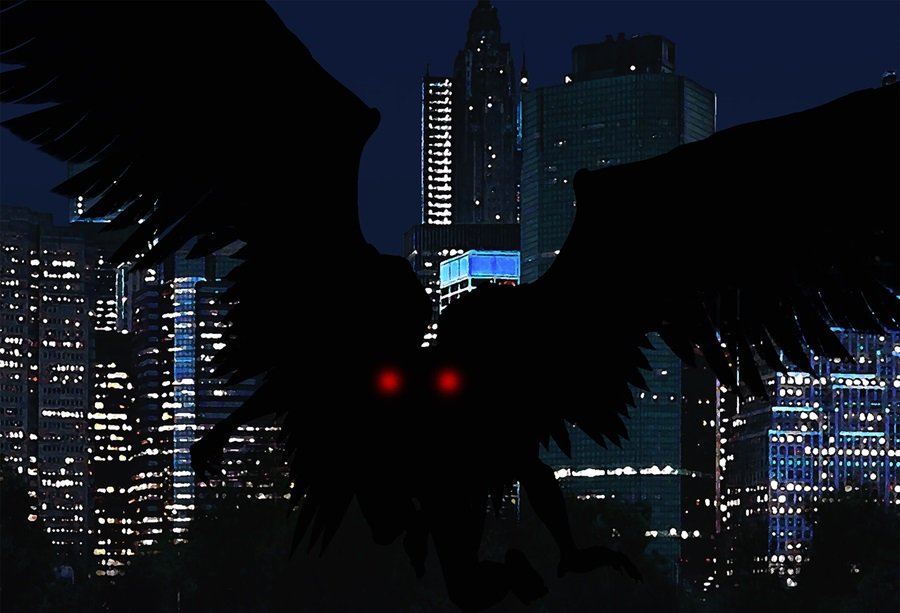New Study Suggests Thylacines Have "Some Chance of Ongoing Persistence in the Remote Wilderness" of Tasmania
A new study submitted to bioRxiv, an online distributor of preprints prior to publication in scientific journals, suggests that not only is it likely that thylacines—also known as Tasmanian tigers—went extinct much later than previously thought, but that they may not have gone extinct at all.
The study, posted on January 19th, collated and characterized the "type, quality, and uncertainty of over a thousand unique sighting records of thylacines," using the database created to "underpin a detailed reconstruction and mapping of the species’ spatio-temporal distributional dynamics, to pinpoint refugia of late survival and estimate the bioregional patterns of extirpation." Meaning, it tracked when and where the animals have been reported to predict the timing of when they went extinct—assuming they ever really did.
The reports were taken from between 1910 and the present day on the island of Tasmania, and the final database contained "1,237 entries (99 physical records, 429 expert sightings), with observations from all years except 1921, 2008 and 2013."
According to the study's findings, "Contrary to expectations, the inferred extinction window is wide and relatively recent, spanning from the 1980s to the present day, with extinction most likely in the late 1990s or early 2000s. While improbable, these aggregate data and modelling suggest some chance of ongoing persistence in the remote wilderness of the island."
The paper detailing the study was written by Barry W. Brook, an ARC Australian Laureate Professor and Chair of Environmental Sustainability at the University of Tasmania in the Faculty of Science, Engineering & Technology.
Due to the paper being a preprint, it has not yet been certified by peer review.
The status of thylacines today may still be up for debate, but mainstream scientists take the issue seriously enough to investigate it in the field, including two Australian academics whom the Singular Fortean Society reported on back in March of 2017. They, like many others and contrary to the study referenced above, did not plan on limiting themselves to the island of Tasmania in their quest for the Tasmanian tiger.
Meanwhile, several instances of video and photographic evidence featuring supposed thylacines came out of Australia in 2017, with trail camera footage and pictures submitted by the Thylacine Awareness Group of Australia in the same month a schoolteacher claimed that he had taken a video of a thylacine while filming the sunrise, and later that year a trio of investigators claimed to have captured footage of a Tasmanian Tiger. Then, in June of 2018, a Sydney man shared footage from his home surveillance camera of a peculiar animal that some thought resembled a thylacine, followed by a farmer who, in January of 2019, snapped a cellphone photo of what he believed could be a Tasmanian tiger while out walking near Clifton Springs in Victoria, Australia.
To report your own encounter with the impossible, reach out to us directly at the Singular Fortean Society through our contact page.
If you enjoyed this article and would like to support the Singular Fortean Society, please consider becoming an official member by signing up through our Patreon page—membership includes a ton of extra content and behind-the-scenes access to the Society’s inner workings.




















